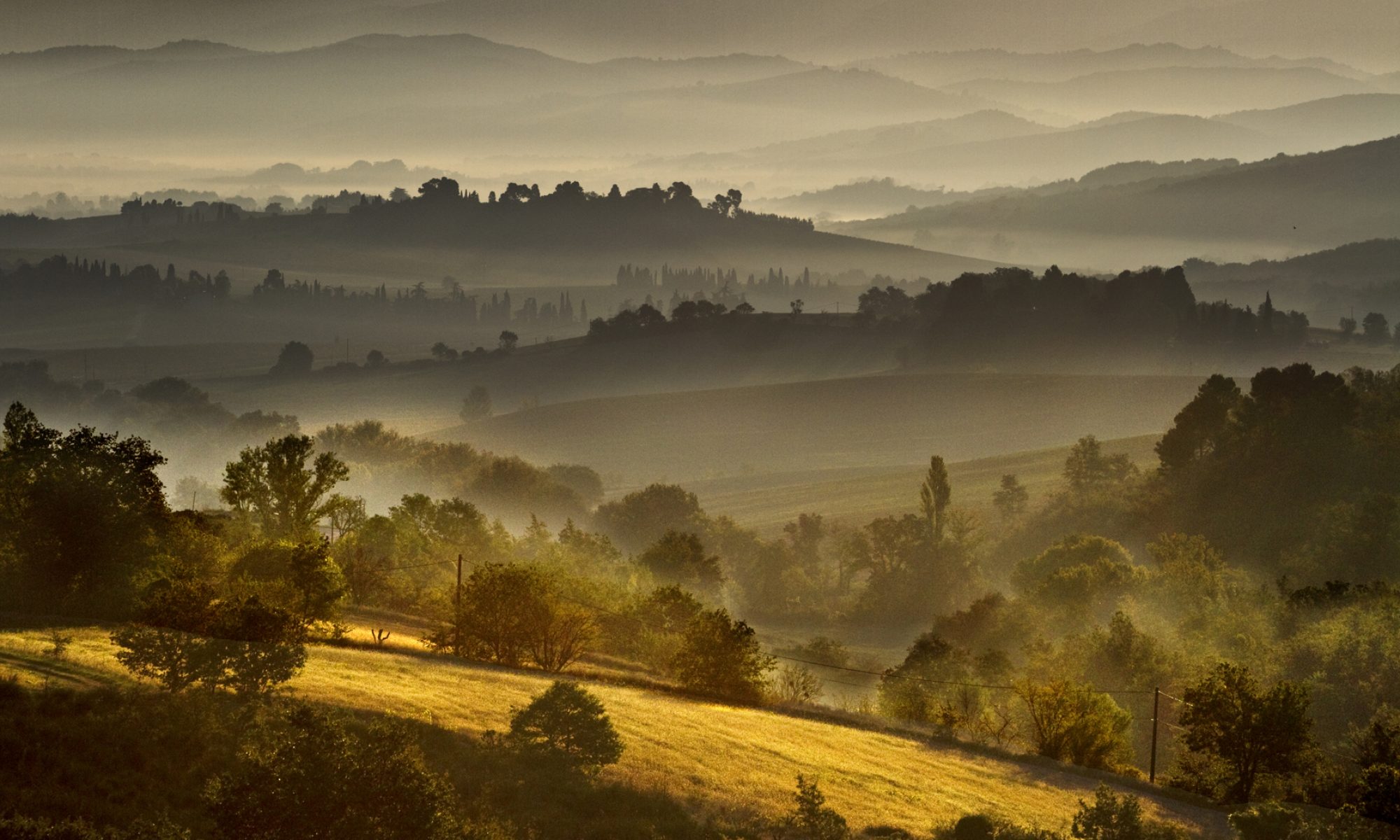HOW TO CONSTRUCT A SUCCESSFUL SUBMISSION
Introduction
You may enter the AWPF distinction as a print panel (preferred) or as a digital panel of PDFs.
Theme
You should select a THEME for your submission. This can be anything you choose, but it must be relevant to the images chosen. Try and choose a theme that reflects your style of photography and which is unique to you. A submission with more than one theme may work, but single themes are usually easier on the judges, as your theme is then more evident.
If you have a photographic speciality DO NOT expect any of the judges to have the SAME interest. Submissions will be considered only on their photographic merit and quality and how the images are presented or sequenced.
Print and Image Quality
ALL of the photographs in your submission should be of the highest quality that you are able to produce.
- DO NOT include any photographs that are of lower quality than the rest of the submission.
- Remember to remove dust spots or other blemishes.
- Applicants must demonstrate that ALL of their work is of a high quality and not just one or two pictures.
- If you are submitting prints, ensure that the exposures are similar, and that there are no printer faults such as lines across the prints etc. Choose the correct paper.
Including your ‘best ever’ photograph might not be a good idea, as it may not be in harmony with the other eleven pictures!
Print Panels:
Construction of a successful Print Panel is not an easy task. Panel construction adds another dimension to your photographic ability and creativity.
The WPF requires applicants to submit a panel of TWELVE prints, which means that the prints must form a viewing panel in TWO or THREE rows. A “hanging plan” must be provided to enable the prints to be displayed in the correct order and according to the photographer’s preferred layout. Do not display your name on any of the prints or on the hanging plan.
Remember that nothing appears on the front of the print – all the information is on the back and is NOT seen by the judge.
It is suggested that you have plenty of spare photographs for your theme; 15 to 20 is desirable. You may need these as substitutes if your advisor thinks they form a better panel.
Print Panel Layout
Your print panel should be constructed in such a way that the twelve images hold together without causing the viewer’s or the judge’s attention to stray away from the images. A print panel is like a multi-image picture, with each individual image forming part of the whole. Remember your prints can be in landscape or portrait mode or a mixture of both, but they should be harmonious in size, arrangement and colour. Remember also that a picture may be flipped horizontally for better fit in the sequence.
Examples of layout may be:
- Two Rows of Six Images
- One Row of Five Images and One Row of Seven
- One Row of Three Image, One Row of Four Images and One Row of Five (Pyramid)
- Three rows of four (Block)
Mounted prints, both portrait and landscape, should be 4×3 (1600 x 1200px for zoom presentations during COVID). Square format may be an option and these should be at 1200px for zoom presentations.
There are plenty of examples in the GALLERY section.
Digital Presentation (PDF)
The same rules apply for your digital presentation except that in place of a hanging plan of prints, your first image should be your hanging plan. Then your images will be shown individually in the sequence you have numbered them, from top to bottom and left to right. Your final image will again be the hanging plan, as a summary and reminder to the assessors. Do not display your name on any of the images or on the hanging plan.
WORKSHOP
You will gain a lot by going along to a workshop, which is usually held in May, to see successful submissions and receive advice on how to go about choosing a theme and arranging a panel. Listen to speakers on panel arrangements. Best of all, bring along a submission you are working on and have someone look at it and offer advice. Get answers to any questions you may have. Some say that getting an award does not make you a better photographer. That may well be the case, but it does make you a more confident photographer and the skills you will have learned in putting together a submission will stay with you. It gives your photography a goal to aim for and concentrates your mind. It is quite different from just going out on a photo shoot.
Distinctions Secretary
Welsh Photographic Federation
April 2022

